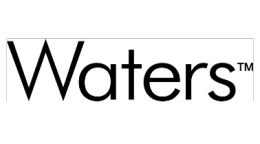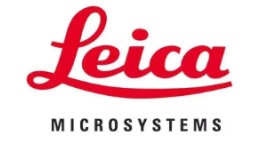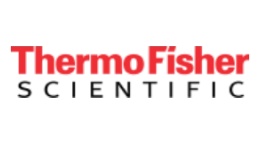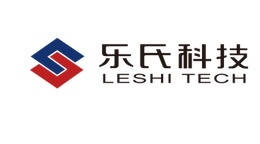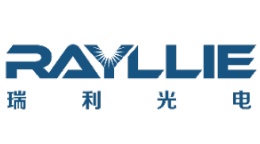方案详情文
智能文字提取功能测试中
通过便携式 GC/MS 检测化学战剂 Application Note Gas Chromatography/Mass Spectrometry Author Abstract Robert V. Mustacich Agilent Technologies, Inc. 5301 Stevens Creek Boulevard Santa Clara, CA 95051 USA 快速精确地识别极度危险的化学物质对于保护公众、应急先遣人员和部署的军队而言非常重要。本文将描述如何利用快速气相色谱-质谱联用系统 (GC-MS)检测具有广泛挥发性的化学战剂。采用低热容(LTM) 电阻加热的 GC 色谱柱模块代替常用的空气浴柱温箱,可使分析系统更加紧凑、便于携带,该系统能够快速分离包含甲氟膦酸异丙酯 (GB,或称沙林毒气)、甲氟膦酸频那酯(GD, 或称梭曼)、二氯二乙硫醚(HD, 或称芥子气)、甲氟膦酸环己酯(GF)和乙基-S-(2-二异丙氨乙基)甲基硫代膦酸酯(VX)的混合物。GC 色谱柱的快速程序升温和 H2载气的高线速度使分离过程耗时不到3分钟。对化学战剂的样品引入方式包括直接进样和 SPME 顶空进样。实验还给出了通过标准热脱附方法取得的化学战药剂模拟物的分析数据。 Agilent Technologies Transportable GC/MS can rapidly collect analytical data in thevicinity of an incident or site where near real time detection isneeded. This provides rapid response with appropriate envi-ronmental sampling based on early findings. TransportableGC/MS can provide responders with the fast and accurateidentification of highly toxic chemicals based on NIST stan-dard mass spectral libraries with instruments of the samequality as those in laboratory settings. This is essential forthe protection of the public, first responder personnel, anddeployed military forces. Those responding to an incident suspected to involve toxicchemicals will choose analytical sampling means that fit thesituation. This may involve the direct analysis of a liquid orextract, or the sampling of vapors known or suspected in theair. Direct sampling, solid phase microextraction (SPME), orthermal desorption of vapors sampled onto sorbent tubes canquickly introduce samples to the GC/MS instrumentation.Instrumentation should be sufficiently versatile so thatresponders have the necessary options for making a rapiddetermination of the hazard. If a full-capability GC/MS systemmust be used in the field, first responders should also havethe means to move samples a short distance to the instru-mentation so that the GC/MS can service a reasonable areaand be positioned without becoming contaminated. The standard split/splitless (SSL) inlet of a GC can accept avariety of samples. Both liquids and SPME samples can beintroduced by direct injection through the septum. Thermaldesorption must typically be preconfigured with a GC/MSinstrument, but this can be implemented by a needle adaptorto an SSL inlet. While the GC does provide retention timeinformation, it also provides a degree of separation needed bythe mass spectrometer to match mass spectra to referencelibrary data by the software. Low thermal mass (LTM) GCused with the mass spectrometer provides the features ofsmall size, low power consumption, and rapid heating/cool-ing of the GC column to enhance transportability and speed ofresponse. The use of a standard high performance quadrupolemass spectrometer provides the same mass spectral perfor-mance in a transportable instrument with data that is fullycompatible with standard reference library data over a widerange of concentrations. This is especially critical for theanalysis of unknown chemicals that will be introduced to theGC/MS in unknown concentrations. Experimental Figure 1 shows a picture of the Agilent 5975T GC/MSD. The5975T houses the Agilent 5975 MSD on the left, and retainsthe standard features and operation of the laboratory MSDusing electron ionization. Housed on the right is a smallisothermal oven that provides a convenient interface to theMSD for the SSL inlet, guard column, and the LTM module.The LTM module attaches from the front to the lower side ofthe oven. MSD ChemStation software provides all of the stan-dard temperature programming and electronic pressure con-trol (EPC) expected of the GC and its heated zones. The sys-tem additionally supports the standard Agilent automated liq-uid sampler (ALS) tower. For field operation the unit is conve-niently controlled with the data system software installed ona laptop connected with a LAN cable. Figure 1. Photo of the Agilent 5975T LTM GC/MSD SPME samples of chemical warfare agents were taken by 10 sexposure of a 100 pm PDMS SPME fiber to the headspace ofa piece of contaminated carpet. The carpet was contaminatedwith a dilute solution of O-isopropyl methylphosphonofluori-date (GB, or sarin), O-pinacolyl methylphosphonofluoridate(GD, or soman), bis(2-chloroethyl) sulfide (HD, or sulfur mus-tard), cyclohexyl methylphosphonofluoridate (GF), and O-ethylS-(2-diisopropylaminoethyl) methylphosphonothiolate (VX) inmethylene chloride, followed by evaporation of the solvent.The carpet was placed in a small jar having a septum-equipped SPME sampling port and allowed to equilibrate for30 min at room temperature prior to sampling. It was thenstored at 110C for subsequent sampling at an elevated tem-perature. The temperatures of the SSL, transfer line oven, andthe GC were held at 250 °C. The LTM column module con-tained a 30 m x0.25 mm, 0.25 pm DB-5ms column. Hydrogen carrier gas was used with an initial linear velocity(constant pressure mode) of 100 cm/s. The LTM temperatureprogram started at 40 °C for 30 s, followed by heating at120°C/min. The MSD was operated in Scan mode with anm/z range of 50-300. A 0.75 mm id SPME inlet liner was usedfor the SPME injections. For direct injection of the chemicalwarfare agents, a 1 pL manual injection of the dilute agentsolution in methylene chloride was made by syringe using a4.0 mm id liner in the inlet. Splitless injection was done forboth SPME and direct injection of the chemical warfareagents. Thermal desorption measurements of chemical warfare simu-lants were demonstrated with the Agilent 5975T LTMGC/MSD using both the Markes Unity2 and the CDS ACEM9300 thermal desorbers. Both thermal desorbers were operat-ed with constant pressure helium carrier gas with the heatedtransfer lines butt-connected to a 1 m ×0.32 mm fused silicaguard column in the oven to provide to the MS a flow rate of1.5 mL/min at 50 °C. Both transfer lines were introduced tothe oven through a small 0.25-in diameter hole in the top ofthe oven. Alternatively, the ACEM 9300 was connectedthrough the septum of the SSL using a needle adapter withthe EPC carrier directed from the SSL to the ACEM 9300 by adiverter valve. This provided a rapid connect/disconnect ofthe desorber to the Agilent 5975T LTM GC/MSD. A 0.75-mmid inlet liner was used with the needle adapter connection.The oven temperature was 250 °C. Standard Tenax thermaldesorption tubes and focusing traps were used with both sys-tems. The Unity2 control parameters were as follows: 1.0 minprepurge; sample desorption: 3 min at 250 °C; desorb flow:15 mL/min; focusing trap:-10 °C; focusing trap heating:3.0 min at 300 °C; heated valve and transfer line: 120 °C. TheACEM 9300 control parameters were as follows: dry tubepurge: 1.0 min at 40 °C; tube heat: 3.0 min at 250°C; tubecool: 0.5 min; focusing trap heat: 3.0 min at 250 C; heatedvalve and transfer line: 150 °C; actual focusing trap tempera-ture: 46C. Both thermal desorbers were controlled by theircontrol software, which was resident on the laptop runningconcurrently with MSD ChemStation. The LTM column mod-ule was a 30 mx0.32 mm, 1.0 pm DB-5ms column and thefollowing temperature program was used: 2.0 min at 40 °C;20 °C/min to 250 °C. (The larger volume and phase thicknesswas used in some testing to facilitate on-column focusing forlarger volume transfers, but the more general use of the0.25 mm x 0.25 um DB-5ms columns for reduced bleed is pre-ferred.) An equimolar dilute solution of the methyl- throughbutyl-series of trialkyl phosphates was made in hexane. Asmall quantity of this solution was injected into a 5-L Tedlargas sampling bag filled with helium to give a calculated con-centration of 0.18 ppmv of each component. After 60 min ofequilibration in the bag, vapor samples onto Tenax thermal desorption tubes were collected for 20 s using a flow rate ofapproximately 1.8 L/min. Results The 10-s SPME sample of contaminated carpet completed atroom temperature showed evidence for the presence of fourG and H agents with some volatility at room temperature. Theresulting chromatogram is shown in Figure 2. When the sam-pling temperature for the contaminated carpet was increasedto 110°C, VX was made sufficiently volatile to be sampled,and the same four G and H agents were observed along withVX (small peak at 2.748 min) as shown in Figure 3. The liquidinjection (about 10 ng for each CWA) analysis results inFigure 4 show a chromatogram without matrix peaks relatedto the carpet material and SPME fiber coating. Figure 2. Recovery of CW agents by SPME headspace sampling at roomtemperature from contaminated carpet. 1 Methylethylphosphonofluoridate 2(O-isopropyl methylphosphonofluoridate (GB, or sarin) 3 O-pinacolyl methylphosphonofluoridate (GD, or soman) 4 bis(2-chloroethyl) sulfide (HD, or sulfur mustard) 5 cyclohexylmethyiphosphonofluoridate (GF) Figure 3. Recovery of CW agents by SPME headspace sampling at 110 ℃from contaminated carpet. 1 Methylethylphosphonofluoridate 2 0-isopropyl methylphosphonofluoridate (GB, or sarin) O-pinacolyl methylphosphonofluoridate (GD, or soman) 4 bis(2-chloroethyl) sulfide (HD, or sulfur mustard) 5 cyclohexylmethylphosphonofluoridate (GF) 6 triethylphosphate 7 tributylphosphate 8 0-ethy/ S-(2-diisopropylaminoethyl) methylphosphonothiolate(VX) Figure 4. Liquid injection of chemical agent solution. 1 Methylethylphosphonofluoridate 7 5 cyclohexylmethylphosphonofluor6 tributyiphosphateidate (GF) 7 0-ethy/ S-(2-diisopropylaminoethyl) methylphosphonothiolate(VX) The Agilent 5975T LTM GC/MSD can easily be interfacedwith thermal desorbers such as the Markes Unity2 or the CDSACEM 9300. Figure 5 shows the recovery of 100-ng quantitiesof trialkyl phosphate simulants sampled by the MarkesUnity2, as an example. As expected, both thermal desorbersreliably provided similar results that were repeatable and eas-ily controlled from the laptop computer along with MSDChemStation. When operating with a direct butt-connectionof the transfer line to the column, the only difference noted inthe analysis of the chemical warfare simulants was that theearliest simulant peak was broader with the ACEM 9300when using a standard 6-mm od focusing trap. This differencewith the trimethyl phosphate peak was attributed to thewarmer starting temperature, and the larger diameter andheating time of the focusing trap in the ACEM 9300. Using a1/8-in od focusing trap with a smaller heater in the ACEM9300 provided faster heating and reduced this difference. Figure 5. Recovery of trialkylphosphates from air using a Markes Unity2 thermal desorber with the Agilent 5975T LTM GC/MSD. 1 trimethylphosphate 22 triethylphosphate33 ttripropylphosphate The ACEM 9300 has options allowing quick attaching anddetaching of the heated transfer line to the SSL injector usinga needle adapter through the septum of the inlet. This couldbe useful in the field for keeping the SSL inlet intact in the5975T and having the thermal desorber unconnected for sim-plified transport. A simple diverter valve in the carrier line tothe SSL can redirect gas to the thermal desorber when con-nected, although EPC performance will be most stable whenoperating the SSL in split mode. Using a 5:1 split ratio with a1/8-in focusing trap and narrow liner results in significantnarrowing of the early peak widths for hexanes. These resultsare similar to the Unity2 with direct (splitless) coupling to theGC column. The SIM/Scan example that follows was collect-ed with the ACEM 9300 interfaced in this manner. The dual SIM/Scan mode can be very useful to monitor forthe presence of specific compounds of concern at trace levelsusing SIM while maintaining the ability to broadly detectother compounds of potential interest. Otherwise, the use ofSIM alone for target compounds can leave the analyst blind tothe presence of other compounds that are perhaps unantici-pated. Demonstration of the use of dual SIM/Scan mode on aSPME sample of the series of alkyl phosphate vapors wasmade using ions 110 and 99 with a scan range of 50-350 amuDwell times were set at 100 ms for the two ions, and thisresulted in a scan rate of 4.53 scans/s, a rate sufficient toprovide four scans over the narrowest peak of interest. A5-min air sample taken at a flow rate of 2 L/min was takenfrom a laboratory solvent cabinet following a 20 s sampling of180 ppbv trialkyl phosphate mix in a Tedlar bag. This was des-orbed from the ACEM 9300 to the SSL with a 5:1 split usingthe septum-needle adaptor and the 0.75 mm liner. The EPCwas additionally pressure programmed with a 0.75 psi/minramp during the temperature programming ramp to approxi-mate constant flow.This analysis was immediately followedby a manual syringe injection of 1 pL of a 38 mM mix of thetrialkyl phosphates in hexane with a 100:1 split ratio byexchanging the septum-needle adaptor for a standard septumnut. The results are shown in Figure 6. Ions at m/z values of110 and 99 are principle ions for the methyl- and ethyl- tobutyl- alkylphosphates, respectively, and these compoundsare readily observed in the SIM chromatogram.For reference,the total ion chromatogram for the standard solution manuallyinjected to the SSL inlet is shown in Figure 7. The SIM/Scan mode allows simultaneous monitoring of specific ions of con-cern at low levels while maintaining a general awareness ofother analytes present. In addition, this example shows theability to rapidly change between standard SSL operation ofthe Agilent 5975T LTM GC/MSD and thermal desorption forintroduction of analytes to the Agilent 5975T LTM GC/MSDvia the SSL (Figures 6 and 7). Figure 6. Simultaneous SIM/Scan analysis of trialkylphosphates in air withsolvent cabinet background using a CDS ACEM 9300 thermal des-orber with the Agilent 5975T LTM GC/MSD using a needle adap-tor to the S/SL inlet. 1 trimethylphosphate 2triett10 3 tripropylphosphate 4 tributylphosphate Figure 7. Syringe injection of a reference mix to the S/SL inlet after retract-ing the ACEM 9300 needle adapter from the septum. Acknowledgements We gratefully acknowledge Phil Smith and Nicholas Martin ofthe Uniformed Services University of the Health Sciences andCarmela Jackson Lepage of the Defense Research andDevelopment Canada-Suffield who together collected theexperimental data with chemical weapon agents. Additionally,Phil Smith and Nicholas Martin also collaborated on mea-surements with stimulant materials using a variety oftechniques. For More Information For more information on our products and services, visit ourWeb site at www.agilent.com/chem. www.agilent.com/chem Agilent shall not be liable for errors contained herein or for incidental or consequentialdamages in connection with the furnishing, performance, or use of this material. Information, descriptions, and specifications in thispublication are subject to change without notice. @ Agilent Technologies, Inc., 2010 Printed in the USASeptember 21, 20105990-6396EN Agilent Technologies 快速精确地识别极度危险的化学物质对于保护公众、应急先遣人员和部署的军队而言非常重要。本文将描述如何利用快速气相色谱-质谱联用系统(GC-MS)检测具有广泛挥发性的化学战剂。采用低热容(LTM)电阻加热的 GC 色谱柱模块代替常用的空气浴柱温箱,可使分析系统更加紧凑、便于携带,该系统能够快速分离包含甲氟膦酸异丙酯(GB,或称沙林毒气)、甲氟膦酸频那酯(GD,或称梭曼)、二氯二乙硫醚(HD,或称芥子气)、甲氟膦酸环己酯(GF)和乙基-S- 2-二异丙氨乙基)甲基硫代膦酸酯(VX)的混合物。GC 色谱柱的快速程序升温和 H2 载气的高线速度使分离过程耗时不到 3 分钟。对化学战剂的样品引入方式包括直接进样和 SPME 顶空进样。实验还给出了通过标准热脱附方法取得的化学战药剂模拟物的分析数据。
关闭-
1/6
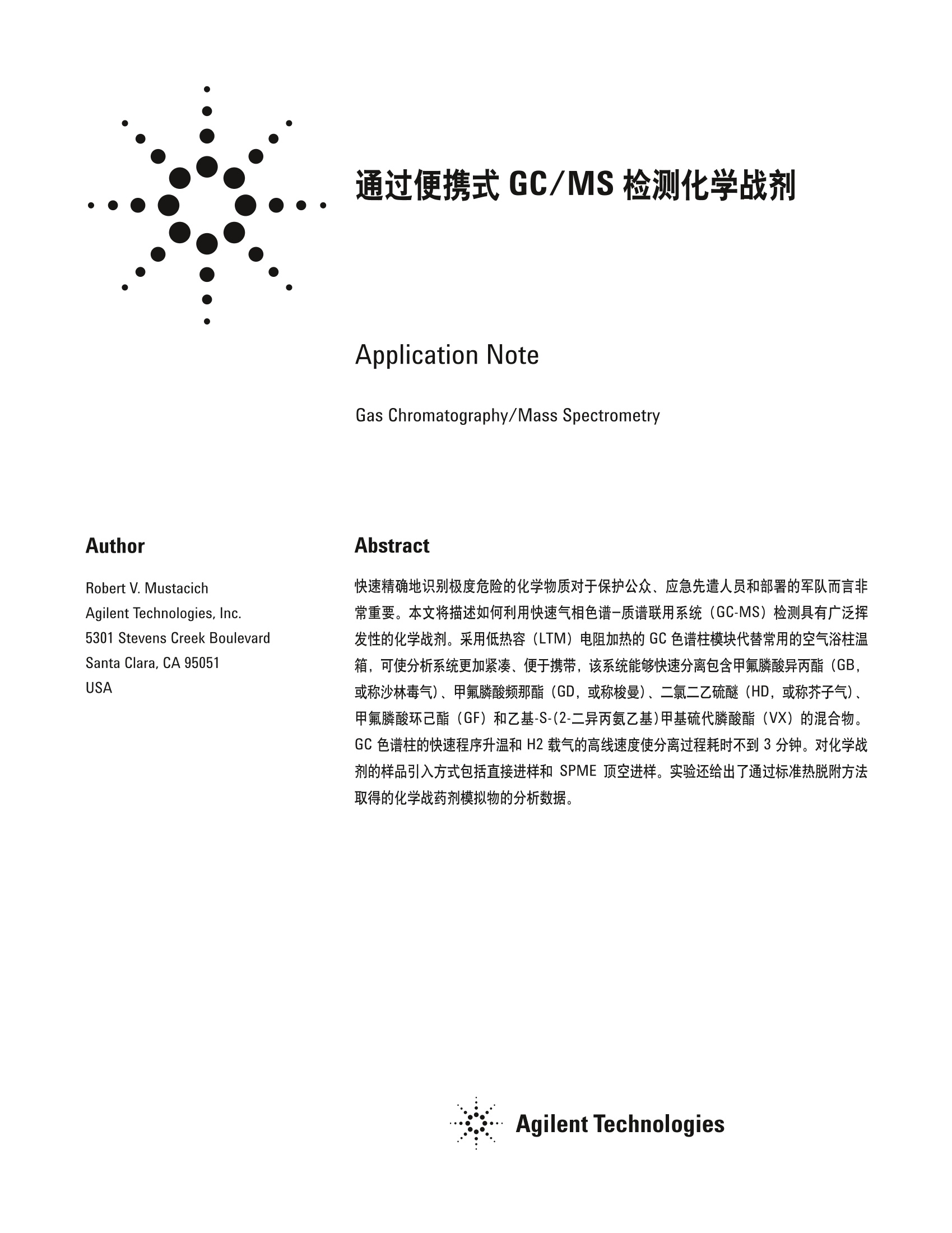
-
2/6
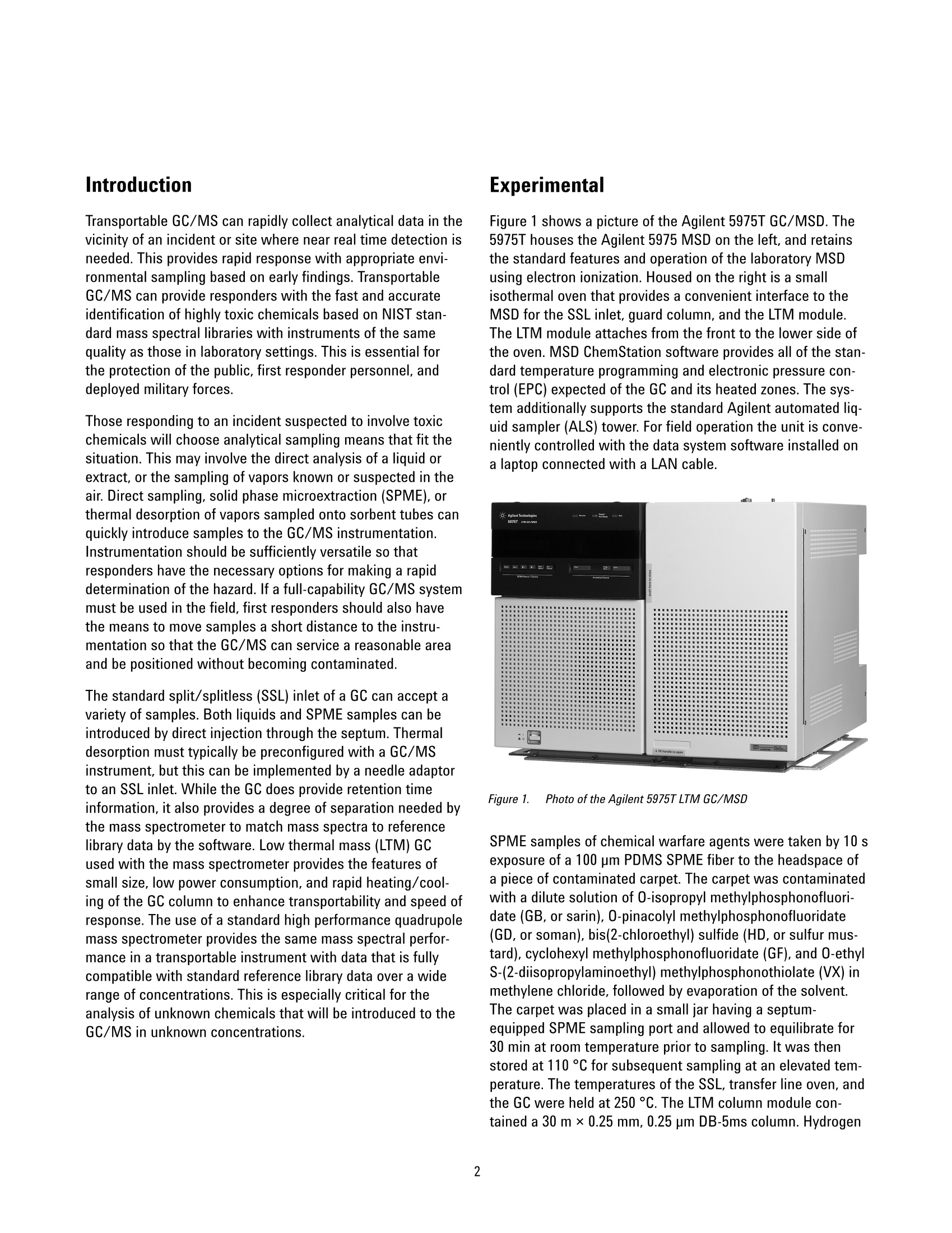
还剩4页未读,是否继续阅读?
继续免费阅读全文产品配置单
安捷伦科技(中国)有限公司为您提供《具有广泛挥发性的化学战剂中快速精确地识别检测方案(气质联用仪)》,该方案主要用于其他中快速精确地识别检测,参考标准《暂无》,《具有广泛挥发性的化学战剂中快速精确地识别检测方案(气质联用仪)》用到的仪器有null。
我要纠错
相关方案


 咨询
咨询